Bohemian crystal glass is world-famous. There is a company in Karlovy Vary that specializes in the production of this glass. In the Moser Glass Museum we took a closer look at the subject of glass production.
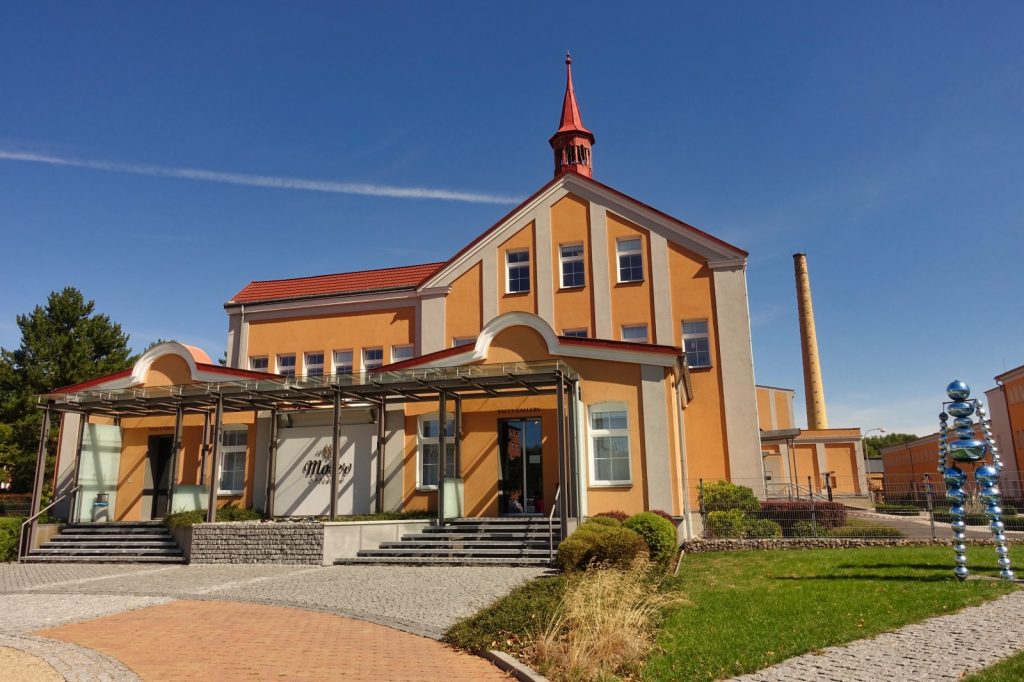
About Bohemian crystal glass
Since the 16th century, Czech bohemian crystal glass has been traditionally produced in North and West Bohemia. Crystal glass is a colorless glass that often contains metal oxides or metal ions as additives.
As for almost everything, there are precise definitions of when a crystal glass is a crystal glass. For example, a glass must contain certain additives, have a certain hardness and refractive index to be a crystal glass. Because of the special hardness of the glass, glass cutters are able to create beautiful products. The light refracts in the engravings and creates rainbow-like tones, which make the Bohemian crystal glass unique. The Bohemian crystal must contain at least 24% lead oxide.
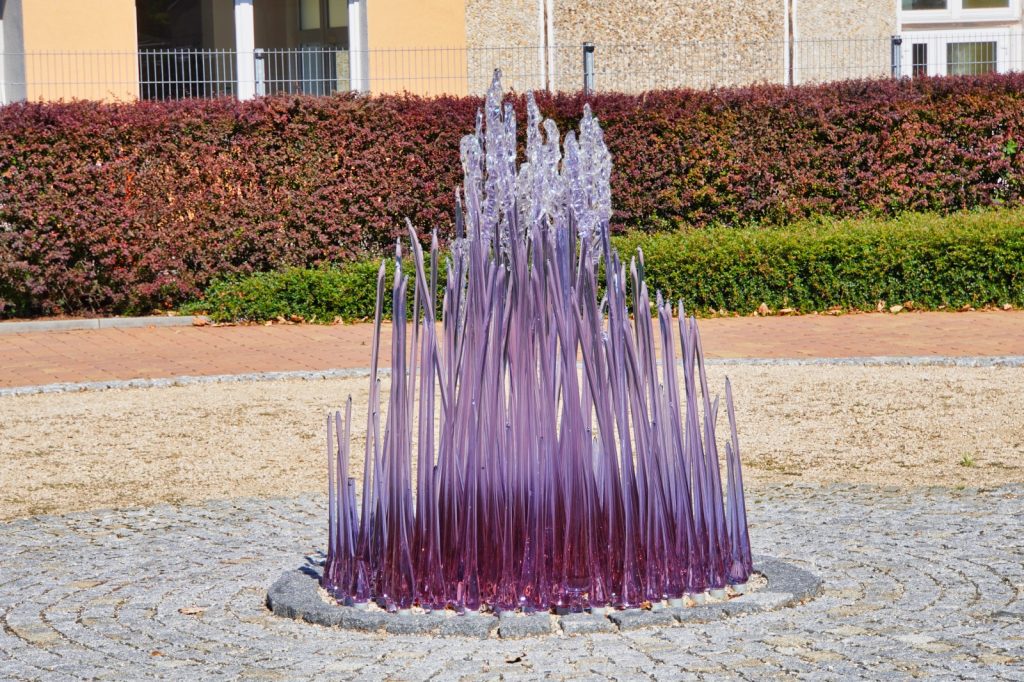
For many years there were products that advertised with their high lead oxide content to emphasize the quality of the glass. In the meantime, the toxicity of lead has been recognized, and the lead content is no longer the focus of attention. Although lead is hardly soluble in glass, it can be dissolved out by acetic acid, for example. Therefore, contact of lead crystal with food should be avoided.
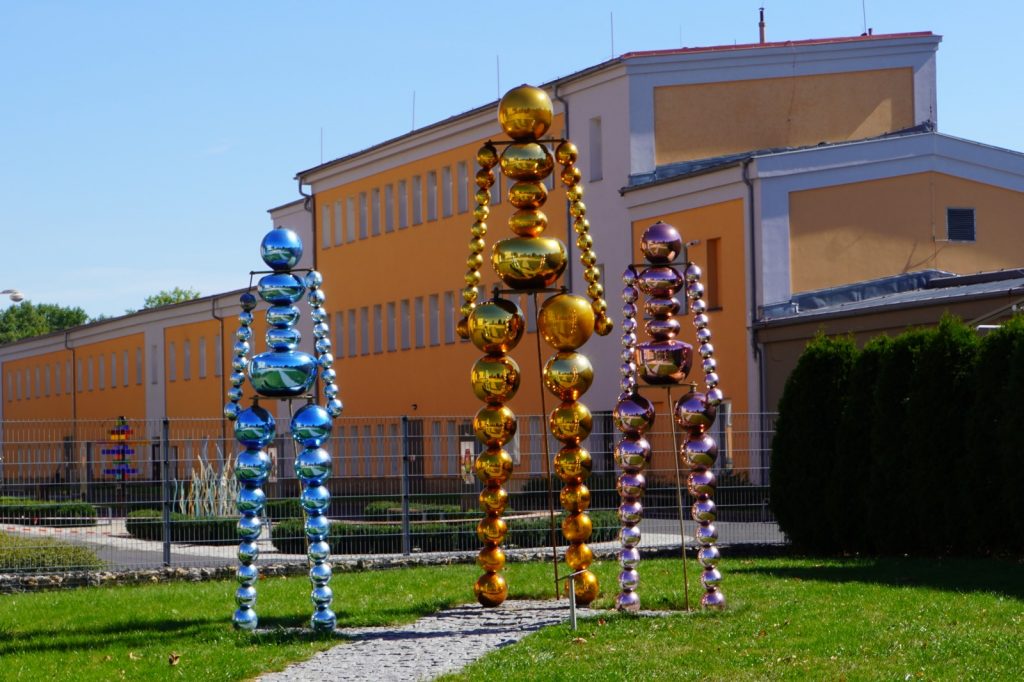
In Bohemia, the Karlovy Vary glassworks Moser has developed lead-free crystal glasses. For this purpose calcium carbonate in the form of chalk was mixed into the glass mass. These glasses also have the appropriate hardness so that the glass cutters can create true works of art.
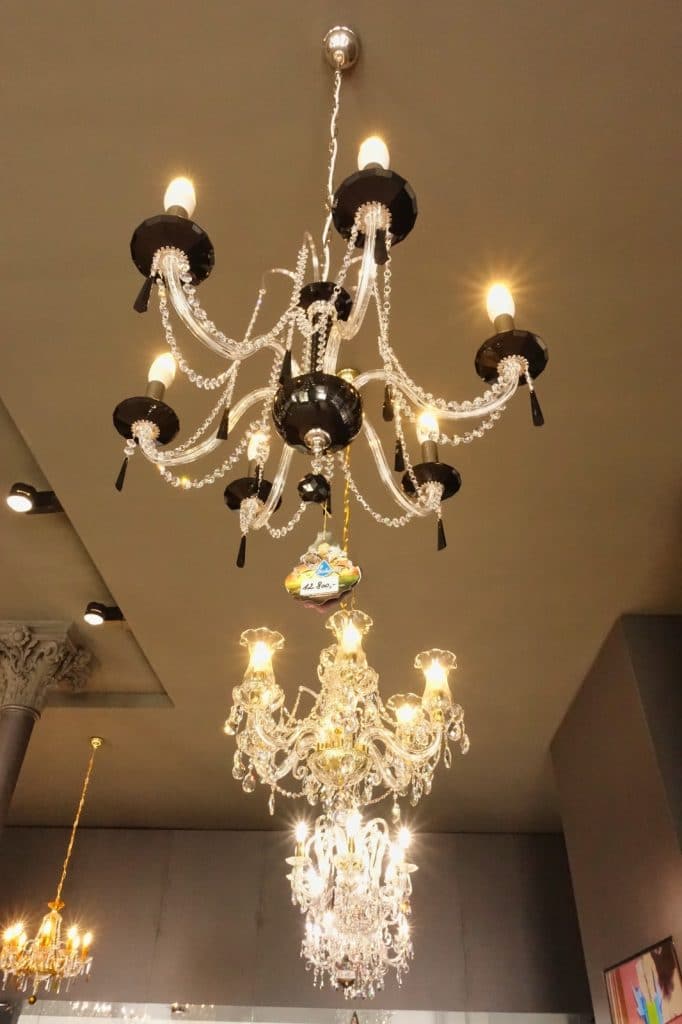
What kind of products are made of Bohemian crystal glass?
- Bohemian crystal chandeliers
- cut glass products – wine and brandy glasses, vases, tins
- costume jewelry
Moser glass museum in the visitor center
We were quite surprised when we arrived at the visitor center in Karlovy Vary. A large well-filled parking lot showed the interest of the vacationers in the Moser Glass Museum. I hadn’t expected that, but until then I didn’t know too much about the special nature of Bohemian crystal glass.
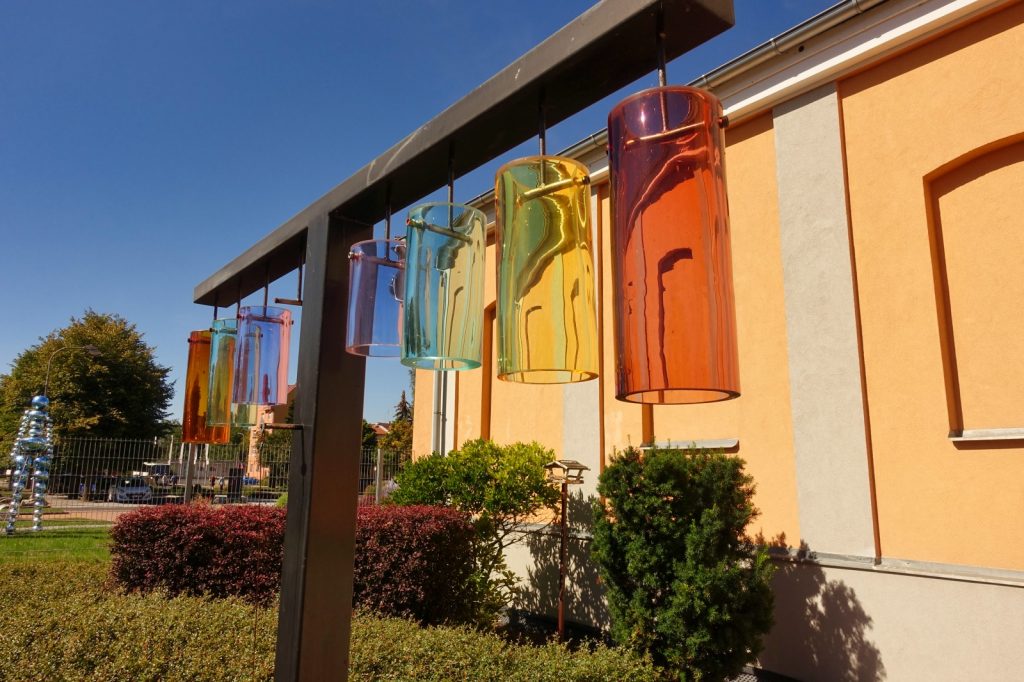
Unfortunately on our visit day it was only possible to go to the glass museum. The glassworks was already fully booked. We could have got an appointment the next day. However, since we already had other plans, we decided not to go there. A tip, you can book your visit to the glassworks in advance by phone if you want to be sure!
With an audio guide in German language we went to the small museum. Via several screens, which were linked to the audio guide, we first immersed ourselves in the history of the Moser company.
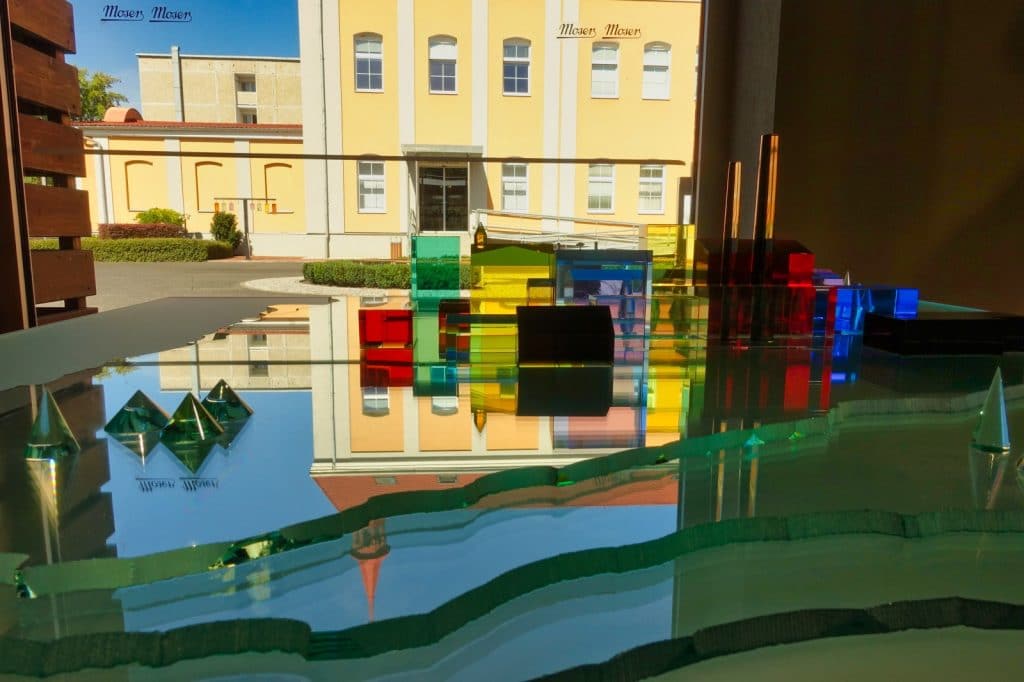
Ludwig Moser founded an engraving and retail store in Karlovy Vary in 1857. Branches were quickly established in New York, London, Paris and St. Petersburg.
In 1893 he finally opened his own glass factory. The products were in great demand. He was appointed purveyor to the court of several royal houses and also supplied Pope Pius XI. It was not until 1925 that Moser opened his first branch in Prague. In 1945 the company was expropriated and in 1991, after the fall of the Berlin Wall, the company was converted into a joint stock company.
The company has now been selling its creations for over 100 years.
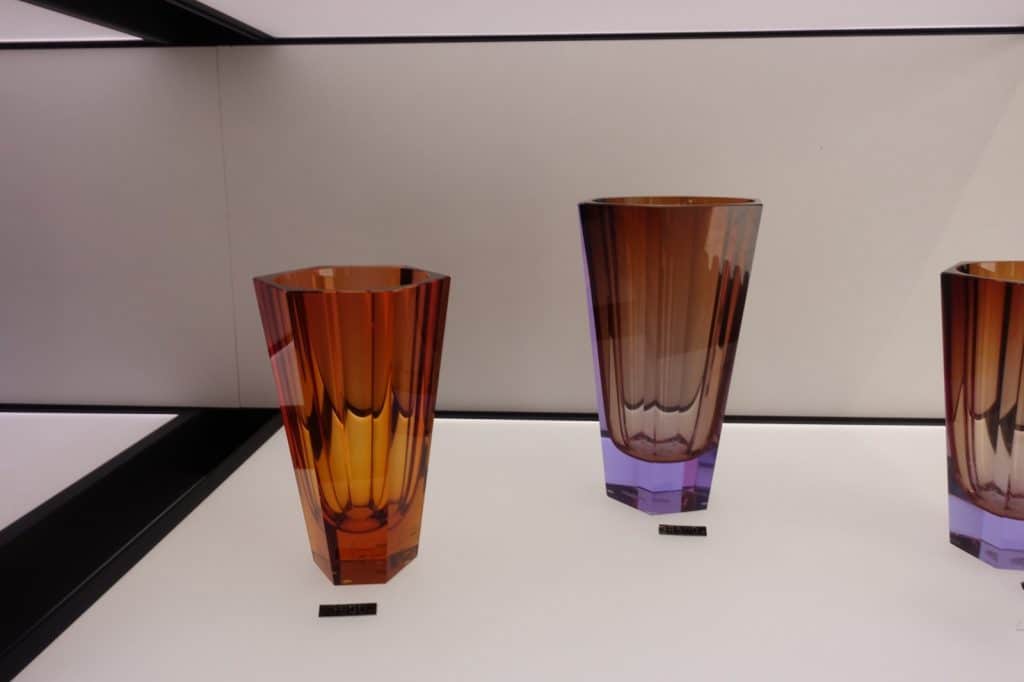
Of course, you will also learn how glass production works and be presented with the most extraordinary products in the small films. Some of them can also be seen live in the museum.
Even if it looks like a sales exhibition to a large extent, even a layman can discover really interesting products. Sure, they are all products of one company and you cannot compare them with the products of other glassworks, but you can see very clear differences in the product lines. Some of the exhibits I really liked, others I found completely over the top. But this is a matter of taste and every visitor will feel differently.
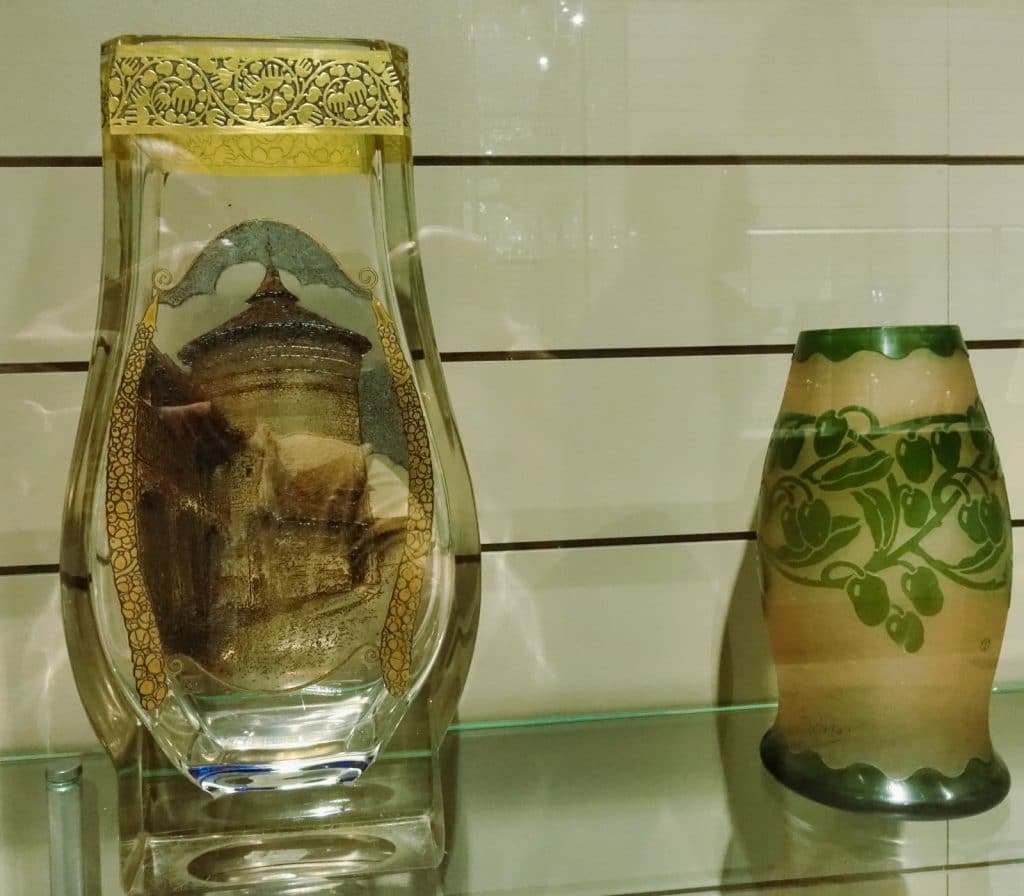
As in every museum there is of course a museum store. In the case of Glasmuseum Moser, the store was much larger than the museum. I admit, I had no idea how much Bohemian crystal glass costs. What prices! Even the simplest creations or pieces from the “second choice” shelf were surprisingly expensive. It was only here that I really realized that this high-quality product can be a financial investment (albeit a fragile one).
My clear favorites of Moser glass were the simple models and some of the beautiful crystal chandeliers, which showed great light reflections.
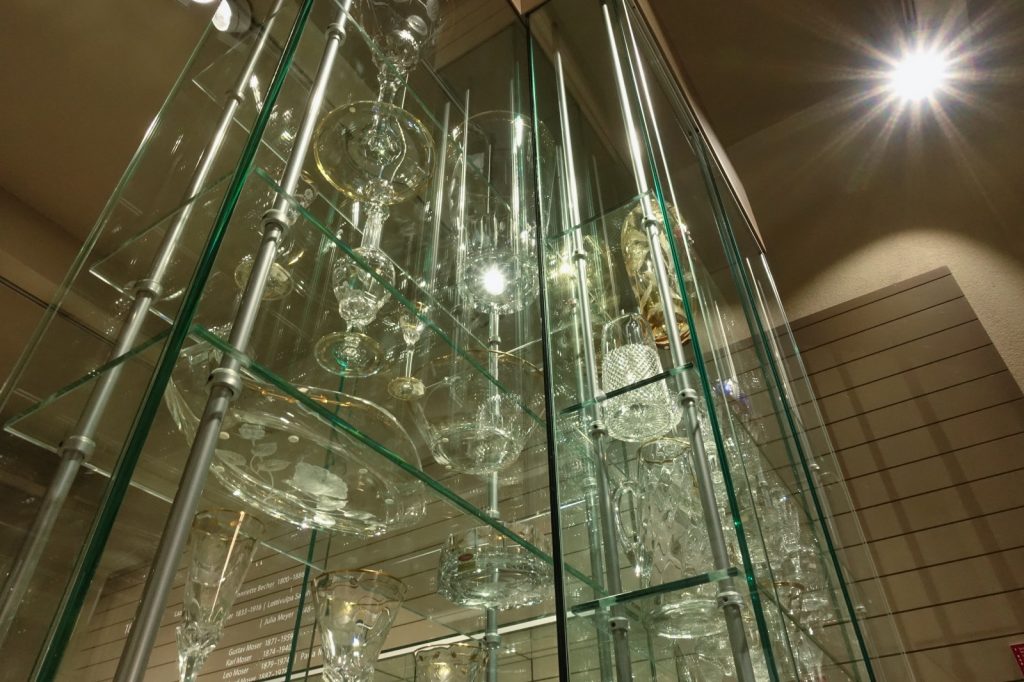
Address:
Glasmuseum Moser
MOSER, a.s.
Kpt. Jaroše 46/19
360 06 Karlovy Vary
Česká republika
Opening hours:
Museum
Monday-Sunday: 9-17
Store
Monday Sunday: 9-18
Glassworks
Monday – Sunday: 9-14.30
Ticket prices:
Museum – adults: 80 CZK
Glassworks – adults: 120 CZK
Combi – adults: 180 CZK
With the KarlovyVary RegionCard you have free admission!!!!



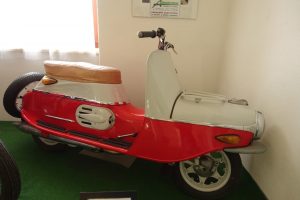
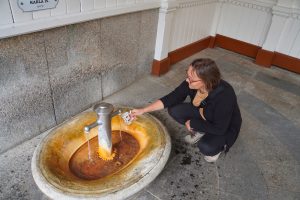

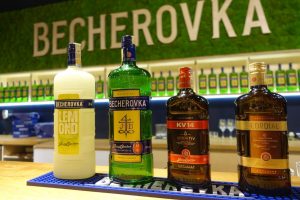
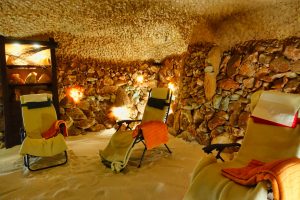

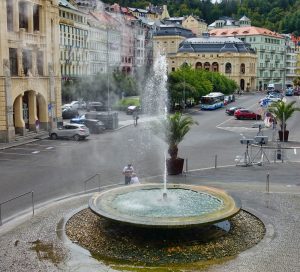
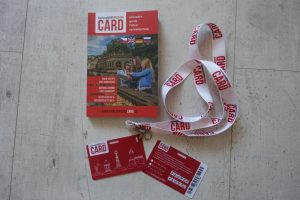
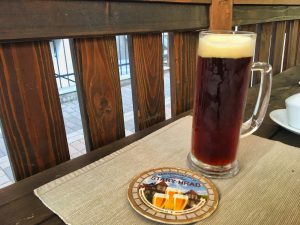
Leave a Reply